Well after an exhausting few days last week trying to get enough work done to make up for the short working week (there’s no free vacation!), I enjoyed an equally exhausting Thanksgiving holiday – or more of a non-Thanksgiving since I spent it in Montreal! So to start the week off lightly, I decided to share this poem that I came across via a friend of mine over the weekend.
It appealed to the editor in me, and I know it’ll give many of you a smile too!
Hope you all had a lovely Thanksgiving holiday.
s
s
The Spell Chequer
Eye halve a spelling chequer
It came with my pea sea
It plainly marques four my revue
Miss steaks eye kin knot sea.
Eye strike a quay and type a word
And weight four it two say
Weather eye am wrong oar write
It shows me strait a weigh.
As soon as a mist ache is maid
It nose bee fore two long
And eye can put the error rite
It’s rare lea ever wrong.
Eye have run this poem threw it
I am shore your pleased two no
It’s letter perfect awl the weigh
My chequer tolled me sew.
Martha Snow
s
s
Image credit jdurham @morguefile

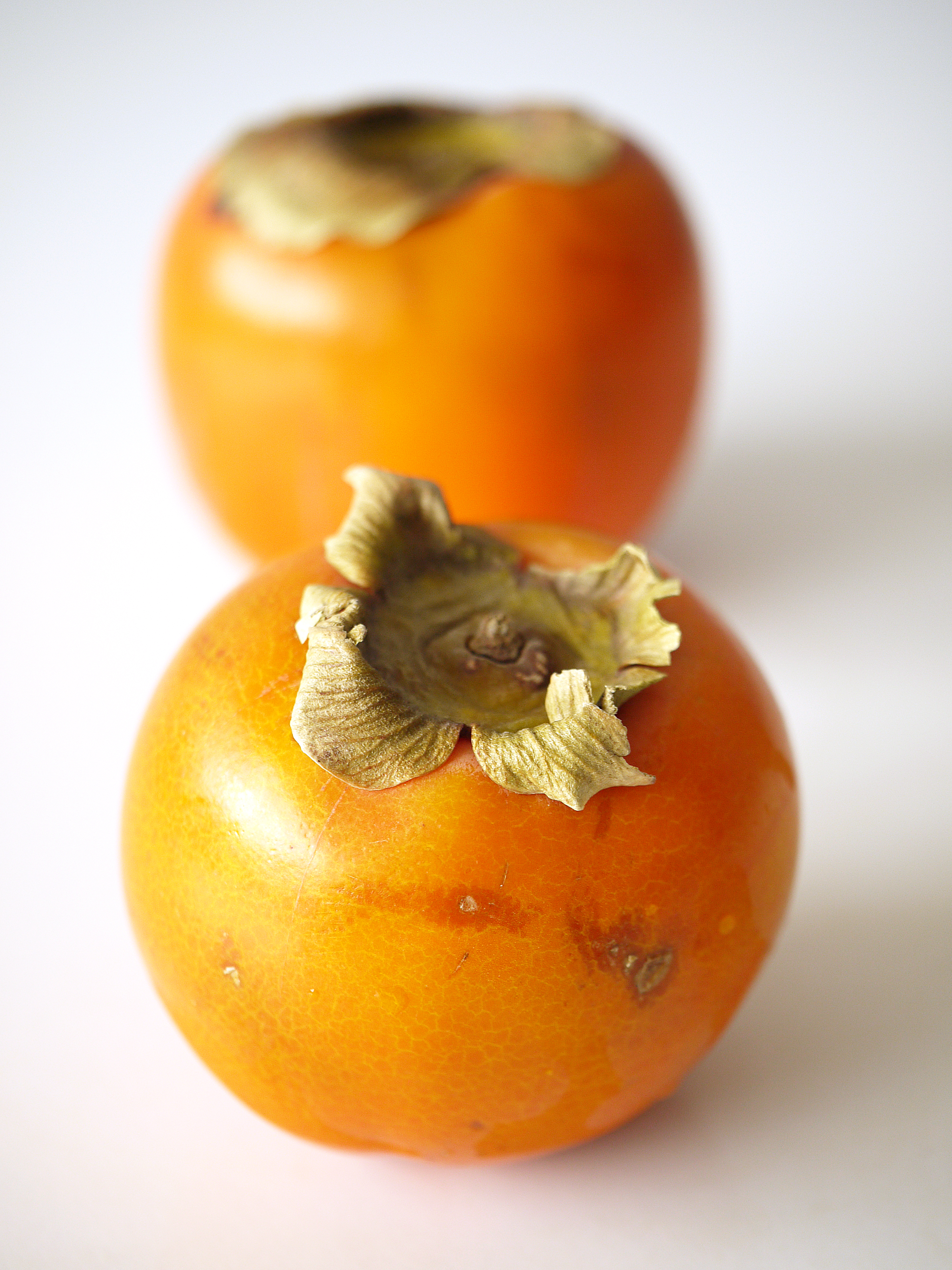
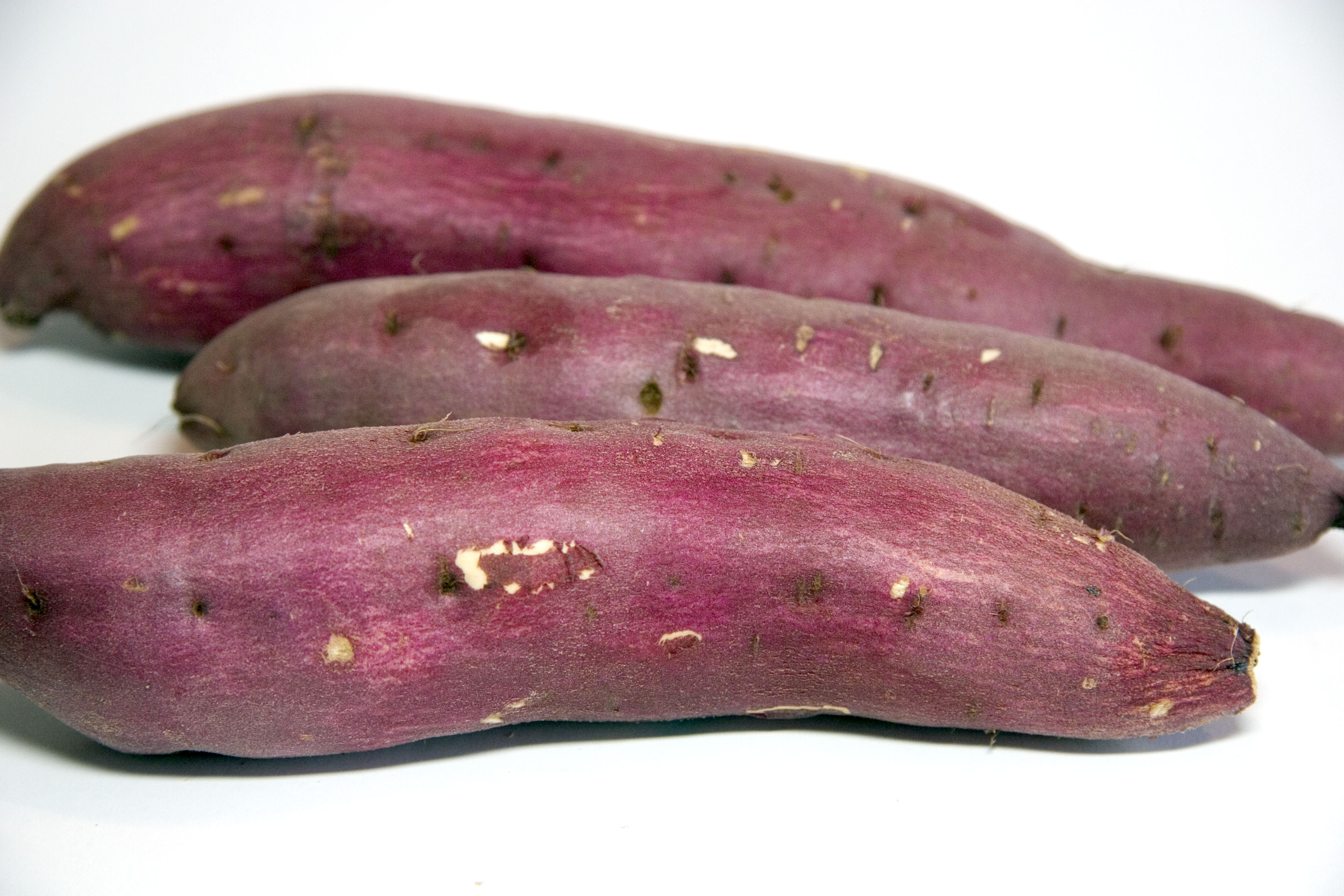
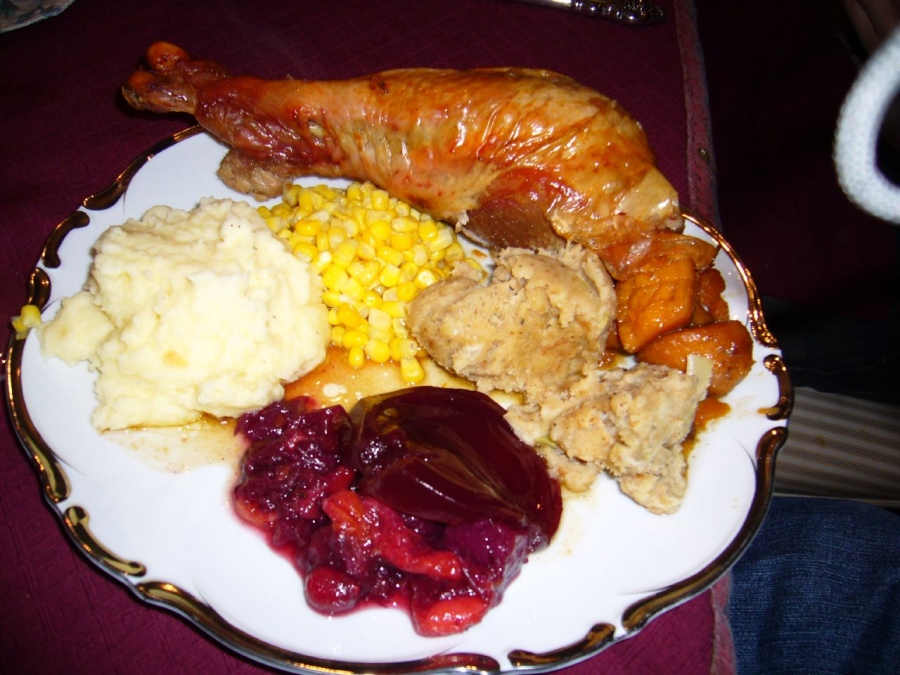
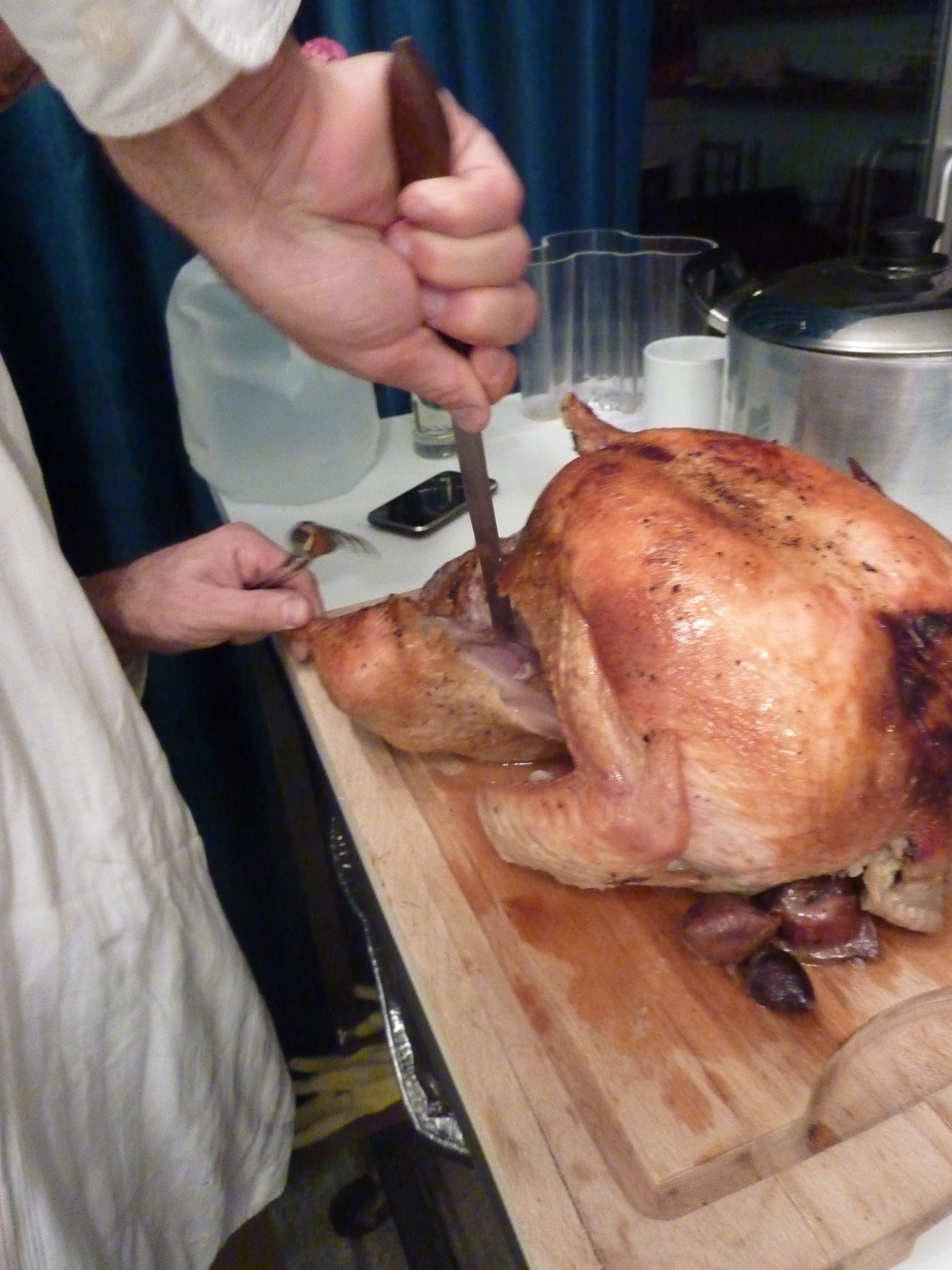
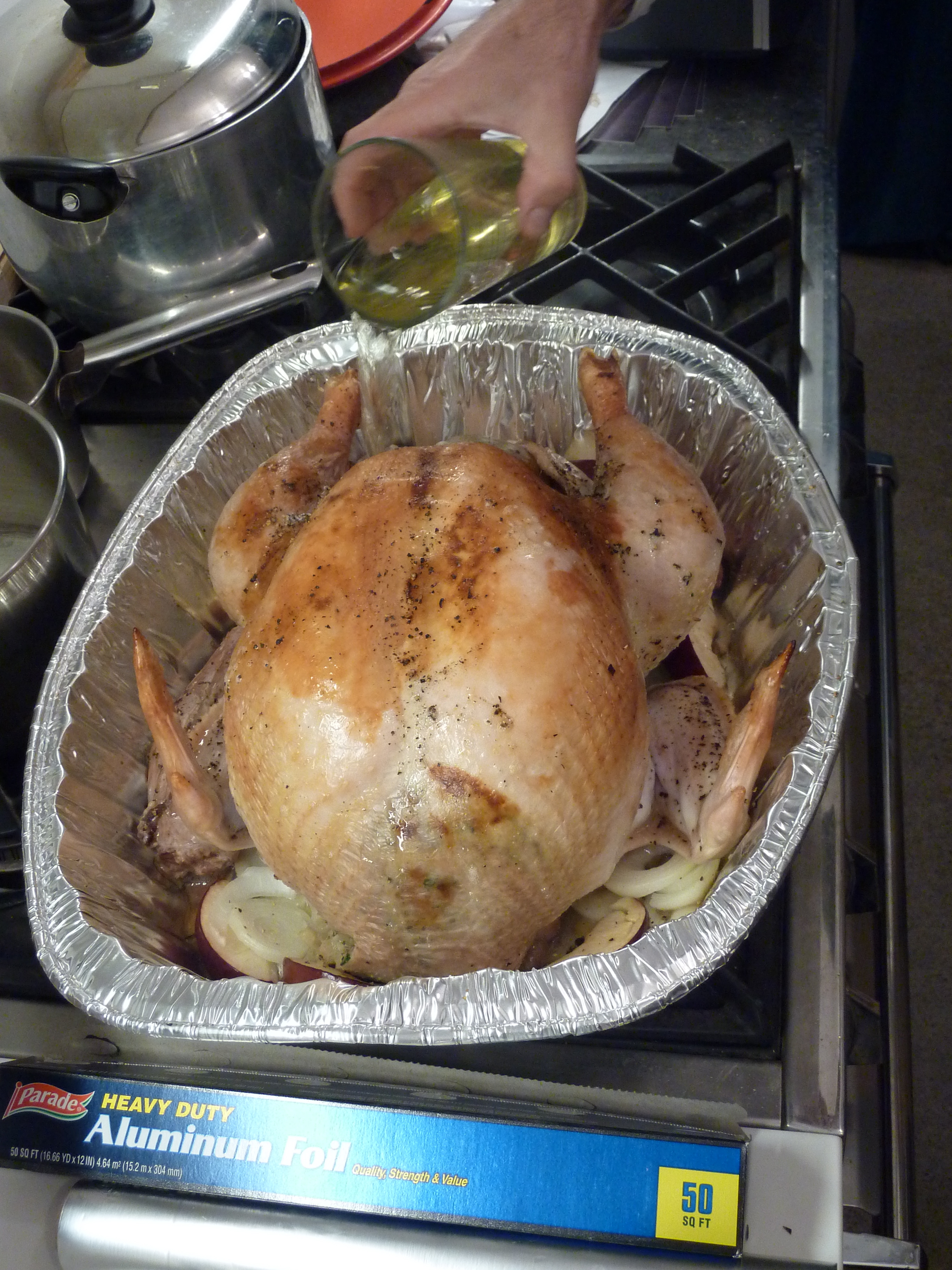
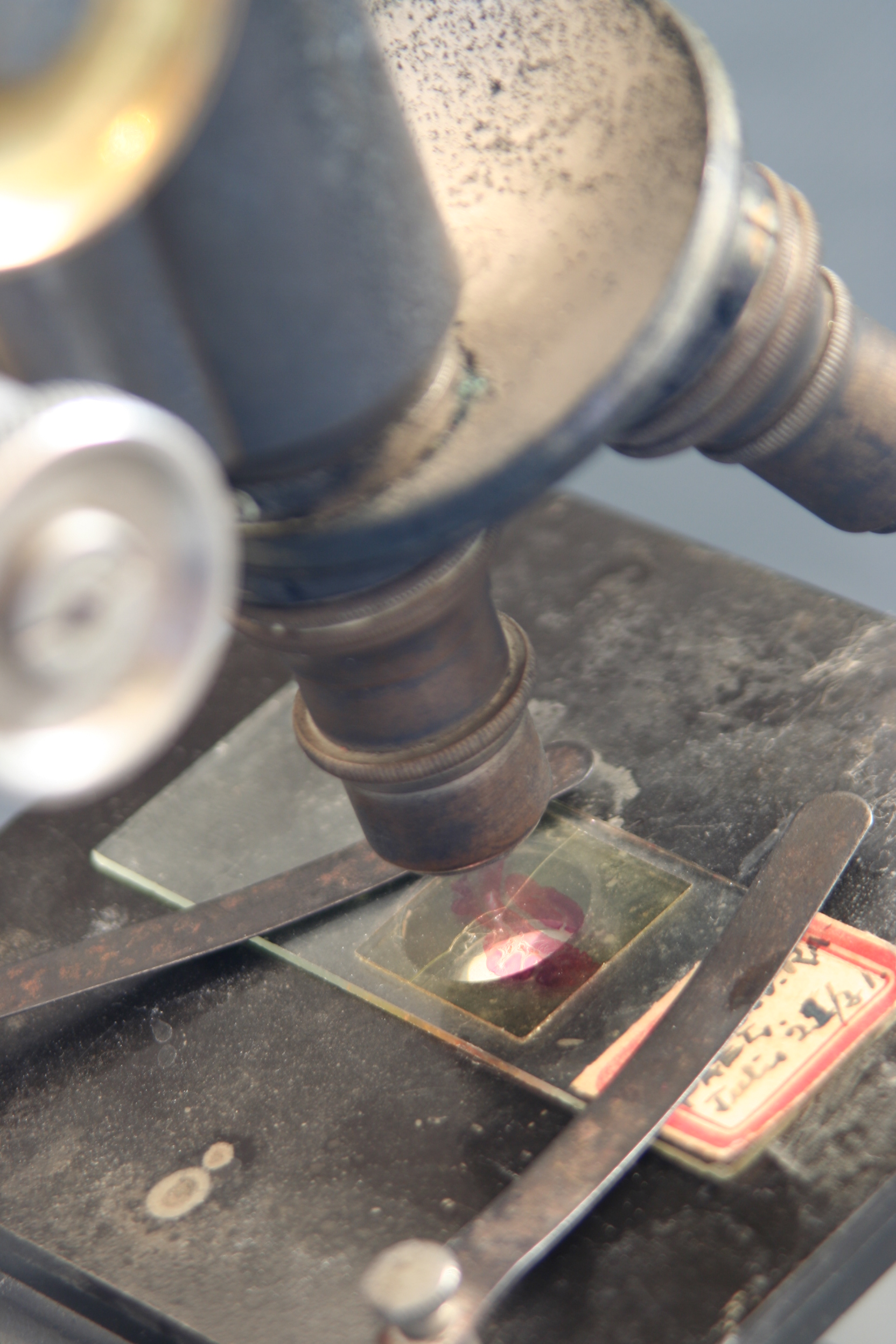



Follow Me!